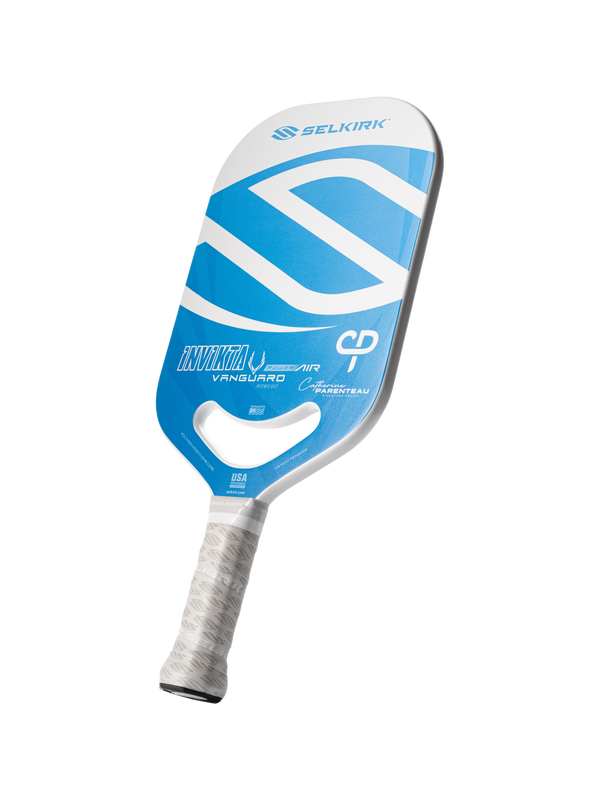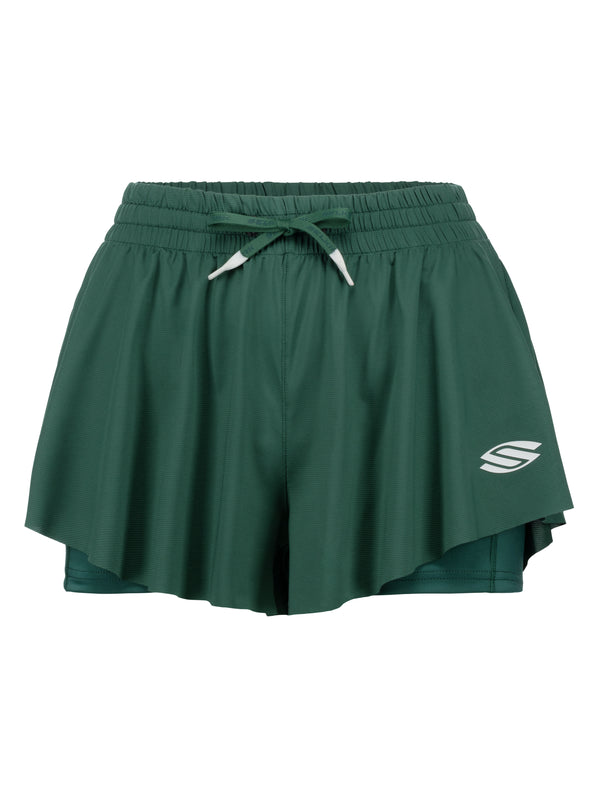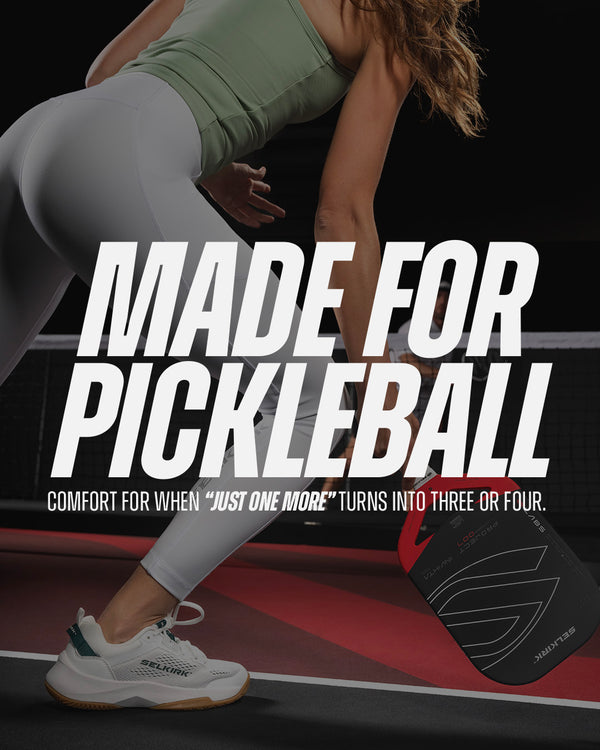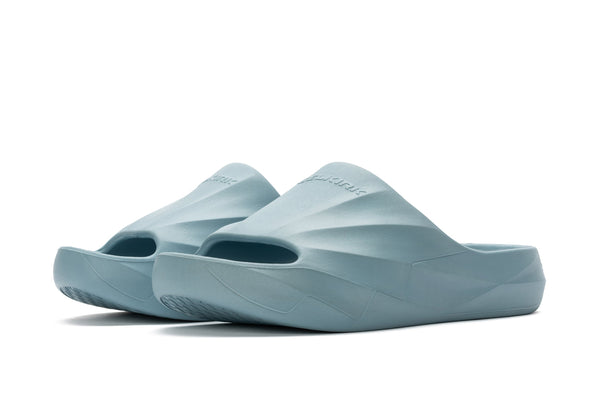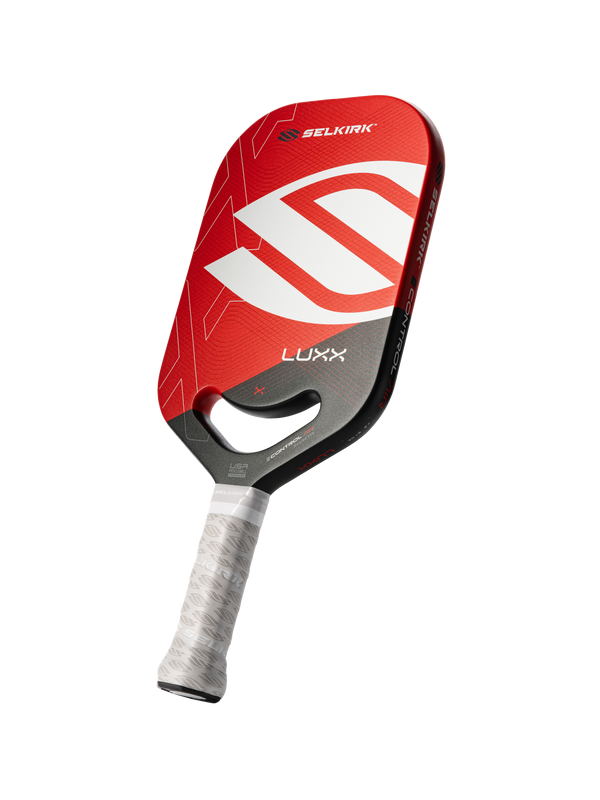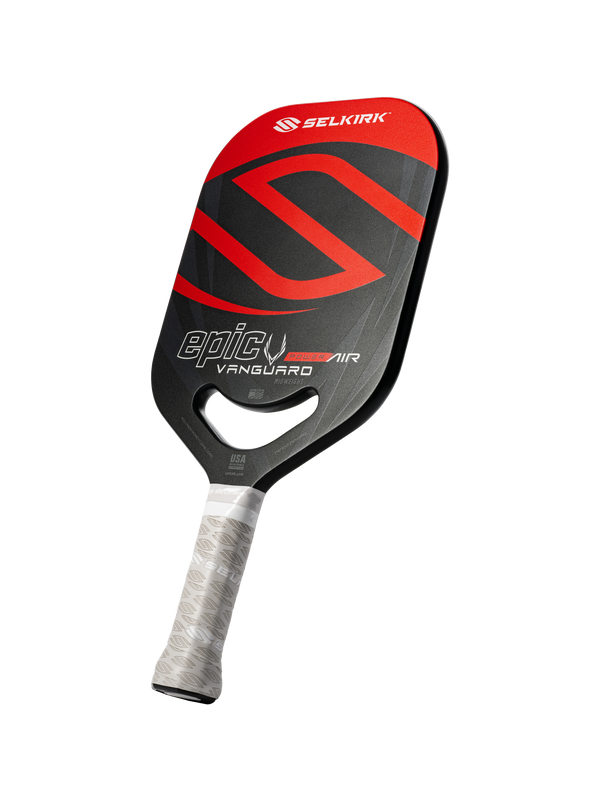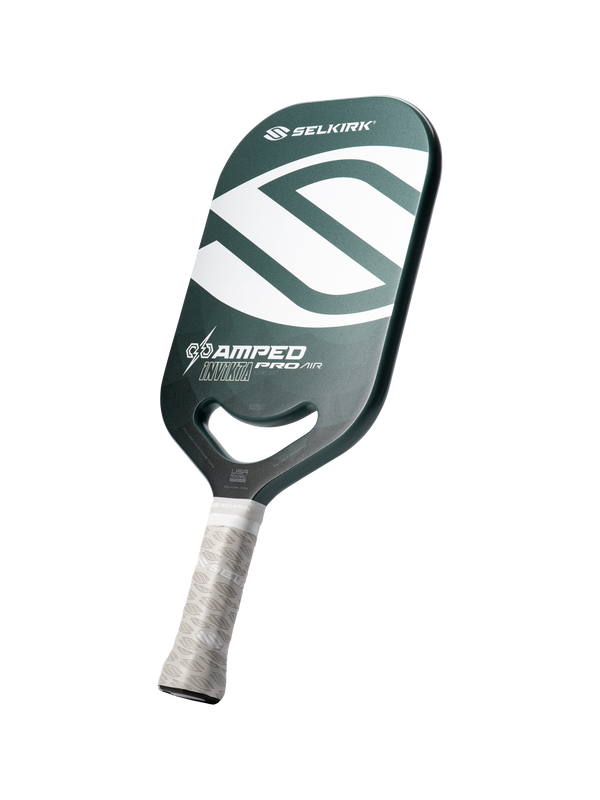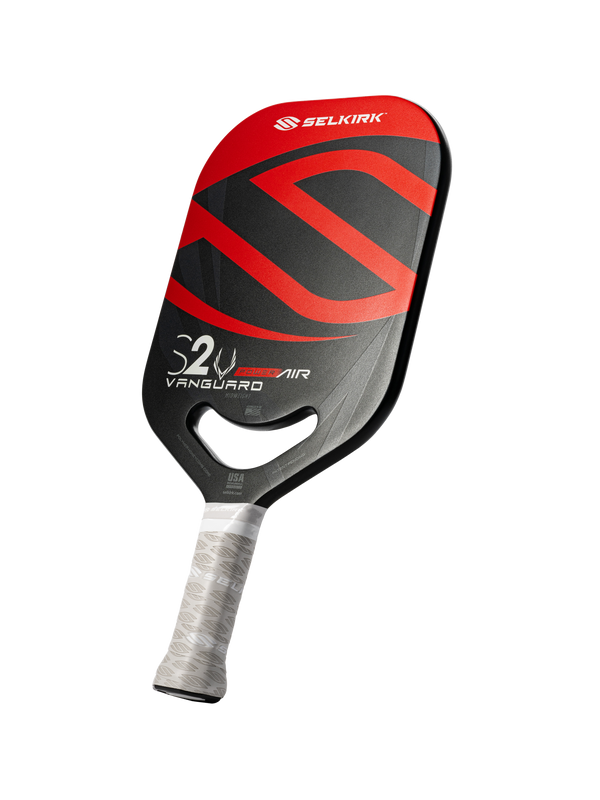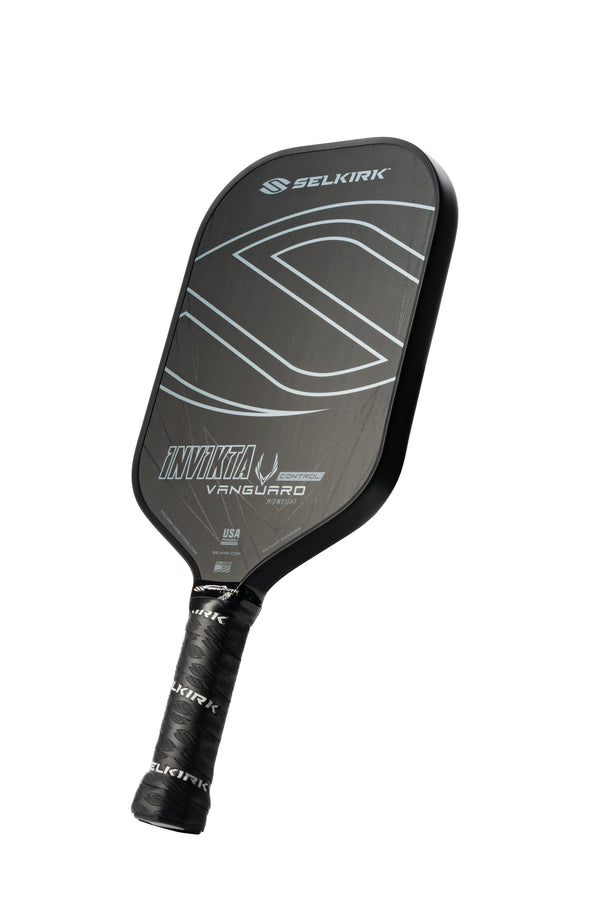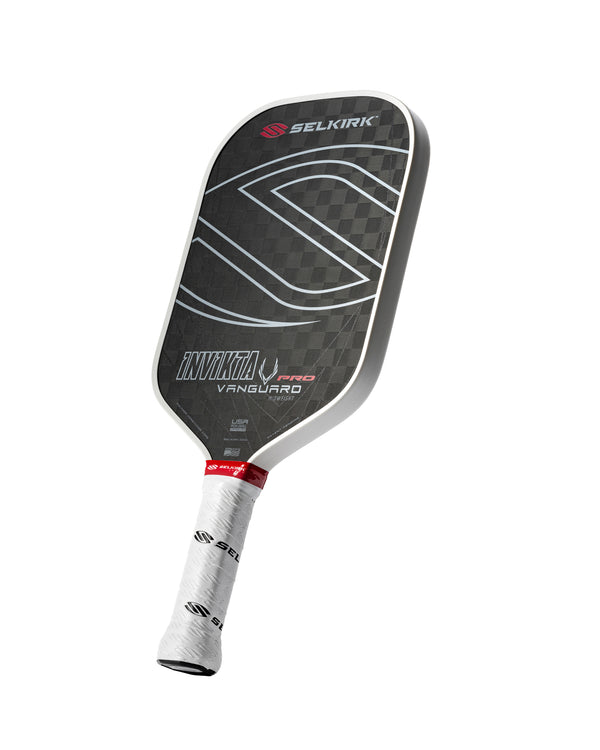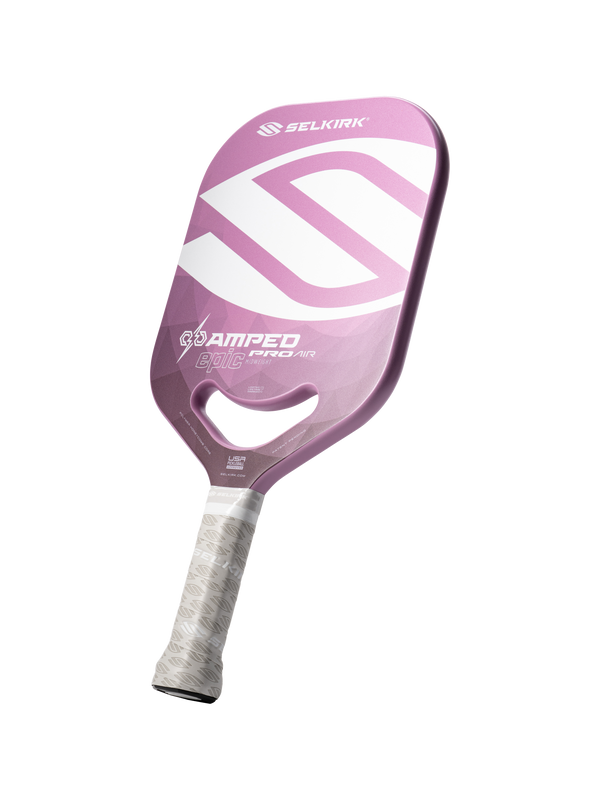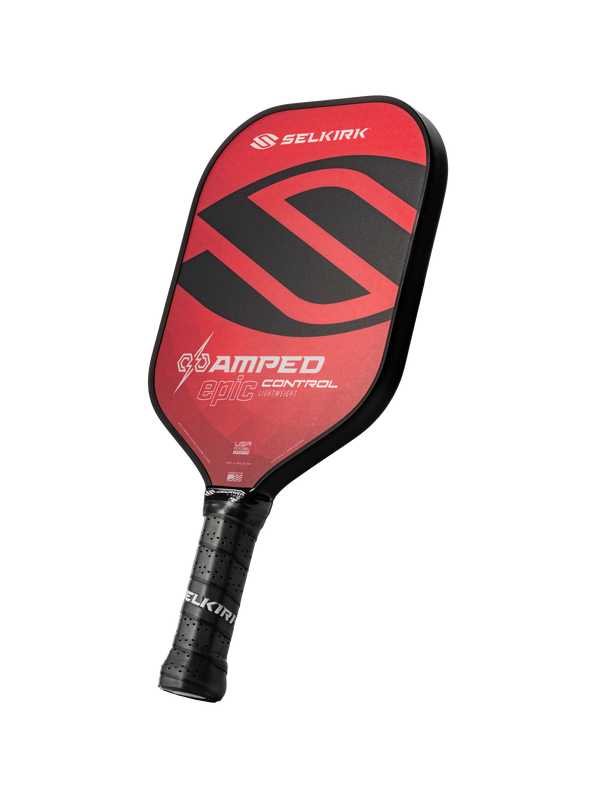
When players first learn how to play pickleball, many are taught that a dink must bounce. So many new players think that if there is a dink hit to them, they have to let it bounce.
But that’s not a rule. According to the USA Pickleball rulebook, you are allowed to take a dink out of the air, provided you are not standing in the non-volley zone.
This is called a volley dink, and there are many strategic advantages to performing a volley dink rather than the traditional bounce dink.
In the first episode of her new “Impactful Efficiency in Pickleball” course on Selkirk TV, professional pickleball manager and coach Athena Trouillot breaks down the volley dink and when you should use it.
Advantages of a volley dink
The first, and perhaps most important, advantage of the volley dink is that it gives your opponent less time to react.
Pickleball is often a competition for time and efficiency. If you can keep your opponent scrambling for balls, you will likely win the point because they are struggling to keep up with you.
Additionally, taking the ball out of the air eliminates any chance that it will take a strange bounce. Many players add spin to their ball, so while you may think you’re hitting a routine dink, the ball may move out of position at the last second, causing you to lose the point.
Finally, if you don’t take balls out of the air, you allow your opponent to get you out of court position. If your opponent hits a deep dink and you let it bounce, you likely have to take a step off the kitchen line to hit the ball.
Then, your opponent can hit another deep ball, backing you up even further. Before you know it, you’re stuck in the transition zone. Your opponent didn’t earn this court positioning, you gave it to them.
If you take dinks out of the air, you are more able to stand your ground at the kitchen line, which enables you to keep the rally going. Standing strong at the kitchen helps you be able to attack the ball.
When you try to speed up a ball off the bounce, your opponent can usually see the speedup coming because you have to use a longer swing path. However, if you take a ball out of the air, your swing path doesn’t get larger, which better conceals your attack.
How to know when to take a dink out of the air
When you’re dinking at the kitchen line, pretend you have a small bubble around your body, about as far as your arms can comfortably reach in any direction.
If the ball is inside your bubble, you can comfortably take it out of the air. This comfortability means you are less likely to mishit or overreach for the ball.
If you’re reaching outside the bubble, you may have to make an incorrect swing path or fall into the kitchen to hit the ball. Both of these scenarios will cause a loss of points.
If the ball is in a grey area, meaning you’re unsure whether it’s in your bubble or not, it is OK to take a step back off the kitchen line to hit your next shot. However, you must be mindful of how you do so.
Many people, when stepping off the kitchen line pivot to bring their dominant foot and arm behind their hip. The issue with this is that when you do so, your contact point for hitting the ball is now behind your body. If your contact point is behind your body, you have less control over the ball.
Rather than pivoting your whole body, try taking a straight step backward, as if you are about to perform a backward lunge. This keeps your paddle in front of your body and allows you to reset both feet quickly back to the kitchen line after striking the ball.
Download the Selkirk TV app HERE to watch the complete episode and many other Selkirk TV original shows, podcasts, lesson series from the pros, and much more.




